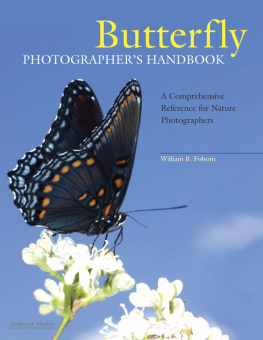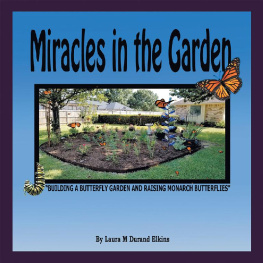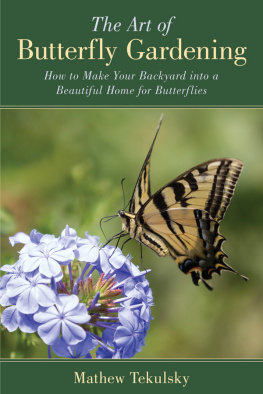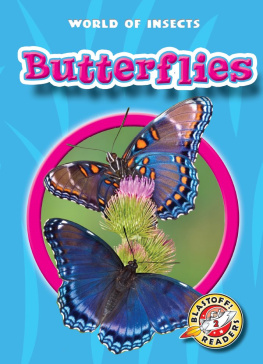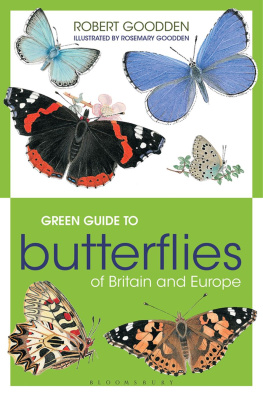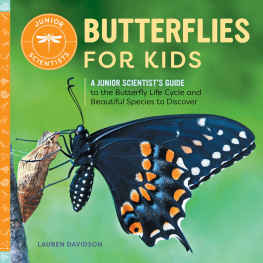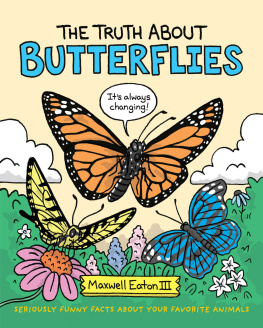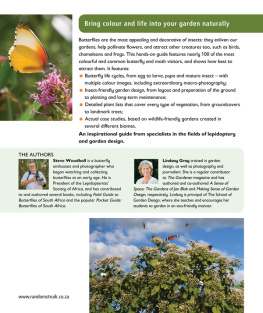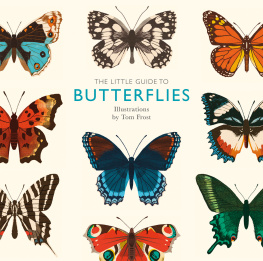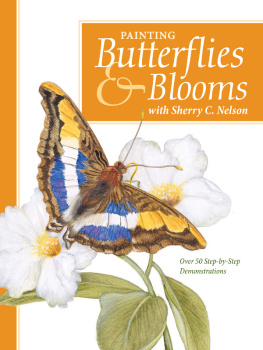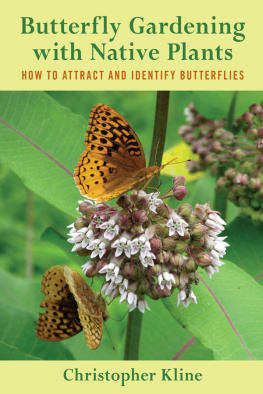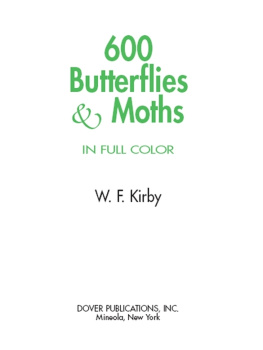Copyright 2009 by William B. Folsom.
All photographs by the author unless otherwise noted.
All rights reserved.
Published by:
Amherst Media, Inc.
P.O. Box 586
Buffalo, N.Y. 14226
Fax: 716-874-4508
www.AmherstMedia.com
Publisher: Craig Alesse
Senior Editor/Production Manager: Michelle Perkins
Assistant Editor: Barbara A. Lynch-Johnt
Editorial Assistants: John S. Loder
ISBN-13: 978-1-58428-247-1
Library of Congress Control Number: 2008926667
Printed in Korea.
10 9 8 7 6 5 4 3 2 1
No part of this publication may be reproduced, stored, or transmitted in any form or by any means, electronic, mechanical, photocopied, recorded or otherwise, without prior written consent from the publisher.
Notice of Disclaimer: The information contained in this book is based on the authors experience and opinions. The author and publisher will not be held liable for the use or misuse of the information in this book.
Acknowledgments
M y wife, Carole, deserves much credit for putting up with me while I wander around photographing butterflies on various trips and for helping proofread my manuscripts.
I am also thankful to Mona Miller, who releases home-grown butterflies into the Meadowlark Botanical Gardens and who conducts butterfly walks during the summer months. Special thanks are due to Harry Pavulaan and his daughter who expertly identify the new species that arrive each year. Harry Pavulaan is also responsible for reviewing this book to ensure its accuracy from a lepidopterists point of view. I also want to thank Oscar Gutierrez, who is an exceptional butterfly photographer, for reviewing the text from a photographers point of view. It is a pleasure for all of us to start off each new season knowing that sooner or later, we will find a new butterfly visiting the gardens.
The members of the Washington Area Butterfly Club (WABC) also have served as great sources of accurate information about butterflies. I continue to respect their knowledge and their willingness to share that information with me.
Finally, I also need to acknowledge Craig Alesses help in publishing this book. Craig Alesse is the publisher of Amherst Mediaand books on butterfly photography dont begin to rival other subjects. So, the fact that this book was published at all is due to Craigs personal support.
Preface
T he turn of the new millennium brought an exciting dimension to the art of photography: the digital camera. Less than a decade later, film-based photography has been largely replaced by a tidal wave of newer, better, less expensive digital cameras. This amazing
development has brought affordable photography to millions of consumers around the world, and the trend shows few signs of letting up.
At approximately the same time, new developments in optics allowed binoculars to begin focusing closer than ever before. With this technology, outdoor adventurists can easily get up-close views of butterflies, as well as distant birds. (Note: Butterfly photography complements bird photography in many ways. Both subjects are comparatively small, fast moving, and cautious about people entering their zone. As a result, both have benefited from the new technology.) With todays sophisticated equipment, it is possible to observe and photograph butterflies with minimal effort and expense. By allowing naturalists to more closely observe and document birds or butterflies, digital cameras and telephoto lenses have effectively narrowed the gap between the camera and the subject.
This book, like its predecessor, The Art and Science of Butterfly Photography, is divided into two sections. The first section deals with the butterfly itself (types, behaviors, habitats, etc.), and the second part provides information on how to photograph these creatures. The main difference between this book and the previous book is that digital photography is so much easier than film photography. Many readers will be able to start taking great photographs after reading just a few chapters in this book.

The Blue Morpho (Morpho peleides) is brown on the outside and hard to see when its sitting still. It has brilliant blue on the insides of its wings, which shimmer and sparkle when it flies.
I am pleased to dedicate this book to Keith P. Tomlinson, administrator of Meadowlark Botanical Gardens, in Vienna, VA. He took the unprecedented step of planting native plants, bushes, and trees in a botanical garden. Most administrators of public gardens would have chosen the safe approach and planted beautiful, exotic flowering plants from all over the worldnever such mundane plants as Joe Pye weed, milkweed (who ever would have thought about planting weeds!), or the hundreds of other plants commonly found throughout the Potomac River watershed. This collection of native plants has allowed Meadowlark Botanical Gardens to flourish as a safe haven for a large, and growing, number of butterflies, birds, reptiles, and animals.

A Green or Tailed Jay (Graphium agamemnon) is a tropical species that is found in the Philippines.
Technical Notes
I use Nikon cameras almost exclusively and all of the images in this book were taken with Nikon D100 and D200 digital cameras (except for the photograph of the Lilac-Bordered Copper that I photographed in 1984 with a Nikon FM2 film camera; that was the first butterfly I every photographed). I bought new Nikon D300 and D700 cameras after I began writing this book and did not have a chance to use them fully before its completion. While making the final edits, however, I was able to include a few images taken with those newer cameras. Nikon products simply produce outstanding results and I am constantly amazed at what they allow me to do. I certainly believe that Nikon shares as much credit for my butterfly photographs as I do.
There are a few other brand names of equipment or suppliers that I have cited in this book because I have found these products to be helpful to me. No endorsement of any manufacturer, company, association, product, service, facility, or web site is implied or given. Omission of any of the above neither implies nor connotes anything negative about their product or service.
This book was written primarily for photographers living in North America, because that is where I live and photograph. In recent years, however, Ive managed to visit several island countries in the Caribbean, as well as Panama and Costa Rica in Central America, and have included some of those images in this book.
As you read this book, please take what I have to say as suggestions and not as rules. Dont consider my advice as the final word in butterfly photography. In fact, I encourage you to sit down at your computer and Google butterfly photography as well as photographing butterflies. Youll be amazed at the results. There are many fabulous photographers out there who are sharing their own tips and techniques. It just goes to show that there are many ways to be creative and effective.
Butterfly photography will allow you to enjoy the incredible beauty of the natural world around you.
As you read through this book, youll notice I have tried to keep things as simple as possible. Photographing anythingespecially for a newcomeris difficult. Photographing butterflies can seem impossible. So, Ive tried to make it easier for newcomers to begin to understand what photography is all about without getting too technical. I hope this approach proves valuable.

